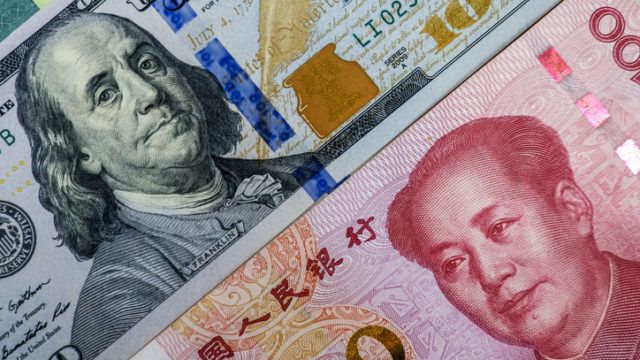The sector, containing 32 funds available to Hong Kong and Singapore retail investors, has risen 2.58% since 1 January, according to FE Analytics data, outstripping the 1.6% rally by the Chinese currency.
Last year, the renminbi fell 5.6% in 2018 – making it one of the worst performers in Asia – as China’s economy slowed amid a protracted Sino-US trade dispute and as four interest rate hikes by the Federal Reserve strengthened the US dollar.
The average size of offshore renminbi bond funds is small. Most have assets under management of less than $50m. The largest are run by mainland financial institutions, such as Bank of China, Da Cheng and E Fund Management.
The best long-term performer is the RMB942m ($139m) Income Partners Managed Volatility High Yield Bond Fund. which has posted a 22.43% return over three years to 11 February. Its annualised return during the period is 7.87% with volatility of only 3.11%.
However, its major holdings are in US dollar-denominated high yield property issues, and its renminbi exposure is small. The same is true of the largest fund in the sector and the second best performer: the $250m BOCHK All Weather China High Yield Bond fund. FE Analytics has awarded both funds a five crown rating.
China’s bond market can be split into three categories: the offshore US-denominated market; the offshore renminbi (CNH) “dim sum” market which opened in 2010, but is constrained by a lack of liquidity; and the $12tn onshore (CNY) market – which the Chinese authorities are keen to open up further to officially-approved international investors.
In 2016, a select group, such as sovereign wealth funds, were given quota-free access to the Chinese Interbank (Government) Bond Market, and 18 months later Bond Connect was launched with the Hong Kong Exchange to provide a channel for north- and south-bound institutional investor flows. In addition, onshore bonds are expected to be included in the Bloomberg Barclays Global Aggregate Index in April 2019.
However, remninbi denominated bonds tend to follow movements of the currency. The volatility of the renminbi currency means that US dollar-denominated Chinese bonds offer a more stable option for funds, despite credit and transparency concerns about the property sector that dominates the category.
In 2017, the currency posted its biggest annual advance (+6.3%) in nine years, according to Bloomberg, only for the gain to be almost entirely reversed in 2018.
RMB-denominated offshore bond funds vs RMB/US dollar exchange rate


















